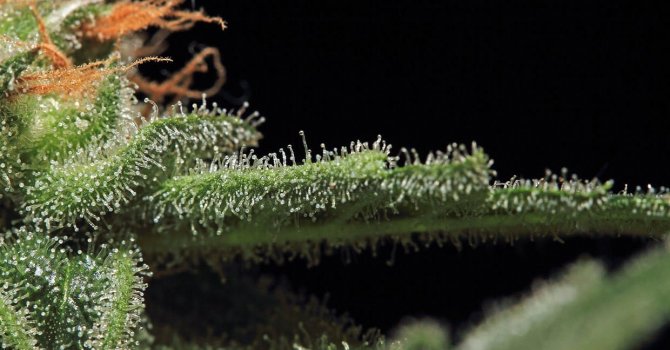
03 Nov Nomenclature Alert: Beyond Indica and Sativa
Since the 1960s, cannabis consumers have distinguished between two kinds of herb: Indica and Sativa. But this framework is flawed – problematic at best, arbitrary and misleading at worst. And while some producers and providers are beginning to rethink their use of these terms, in large part this nomenclature remains ubiquitous within both legal and illicit markets.
The term “Indica” is typically used to indicate relaxing and sedating cannabis varietals and products, whereas “Sativa” signals an uplifting and energizing high. According to cannabis folklore, this apparent dichotomy stems from the involvement of two distinct genetic lineages with different effects.
But a recently published paper in the journal Nature Plants challenges this idea, at least as far as the terms are used today for describing and marketing cannabis flower. What’s more, the researchers found, strain names themselves are not reliable indicators of a sample’s genetic or chemical identity.
Mislabeling cannabis
The October 2021 paper, titled “Cannabis labelling is associated with genetic variation in terpene synthase genes,” was authored by a team of researchers based at Dalhousie University in Canada; Wageningen University in the Netherlands; and cannabis pharmaceutical company Bedrocan International, also based in the Netherlands.
The researchers began by measuring levels of 40 terpenes and cannabinoids in nearly 300 cannabis samples using gas chromatography-mass spectometry (GC–MS). They then performed a genomic analysis of 137 of these samples from which high-quality DNA could be extracted. Finally, they analyzed the extent to which the GC–MS and genomic data corresponded to Indica-Sativa labeling of the product samples.
Sure enough, Indica- and Sativa-labeled samples were genetically indistinct on a genome-wide scale, the researchers found, referring to the complete set of genes present in each plant. This indicates that knowing a particular strain’s breeding history (“X-crossed-with-Y”) is less helpful than widely assumed. Similarly, levels of the six cannabinoids tested (THC, CBG, CBC, THCV, CBD, and CBGM) were not associated with a specific Indica-Sativa designation – nor were those of the majority of the 34 terpenes tested.
Instead, the work’s central finding was that labeling of cannabis “type” aligned most closely with variation in just a small number of specific terpenes. This conclusion contributes to a growing body of evidence that could inform a more transparent nomenclature system already gaining traction among cannabis consumers and providers. As widespread testing allows for sophisticated chemical analysis, categorizing cannabis flower will increasingly reference its terpene profile.
Terpenes are key
In this particular study, Sativa-branded samples were most closely correlated with concentrations of the sesquiterpenes bergamotene, which has a woody or tea-like flavor and no known psychotropic effects; and farnesene, which imparts a fruity aroma consistent with what many consumers expect of Sativa strains – but which also (counterintuitively for a category of strains said to be more uplifting) is thought to have a calming effect in humans.
Meanwhile, Indica-branded products were most closely associated with the monoterpene myrcene, which has an earthy aroma and a sedative effect, as well as the sesquiterpenes guaiol (piney aroma; unknown psychotropic effects) and γ- and β-eudesmol (woody aroma; seen as an appetite stimulant). Fittingly, the authors note that a previous study found that these three compounds were associated with plants from Afghanistan, considered the region of origin for Indica cultivars.
“Our results demonstrate that the Sativa–Indica scale currently used to label Cannabis poorly captures overall genomic and metabolomic variation,” the authors write – meaning that these terms say little about a given sample’s genetic or chemical makeup.
The authors go on to suggest “that a practical and reliable classification system for Cannabis that is consistent with contemporary understanding of the terms ‘Sativa’ and ‘Indica’ may be achievable by quantifying a small number of terpenes and/or genotyping genetic markers associated with key Cannabis aromas.”
To put it another way, if we want to keep these designations, they’d be better assigned based on an analysis of specific terpenes or their genetic markers in the plant, and not according to lineage, breeding history, or general assumptions about type. After all, terpenes not only impart aromas that can drive consumer preference, but also influence some of the key mental and physical effects that recreational and medical users may seek out when selecting a particular strain or classification.
Nate Seltenrich, an independent science journalist based in the San Francisco Bay Area, covers a wide range of subjects including environmental health, neuroscience, and pharmacology.
Copyright, Project CBD. May not be reprinted without permission.



Sorry, the comment form is closed at this time.